Two water jugs – 19th century – Lot Valley
Also called head jugs, because they were carried on the head by women who went to fetch water, these two water jugs were turned in the Lot Valley in the 19th century.
Imagine women fetching water from the village well or fountain, to meet all the family’s needs.
They left with three pitchers, two carried at arm’s length plus one carried on the head, on a small straw cushion, which required a famous courage and a serious sense of balance. Small precision as to their style, the naive designs with which they are decorated result from skilfully controlled kaolin drips.
Kaolin is a rock from which kaolinite, a clay mineral, is the derivative. Kaolin is the raw material used in the manufacture of porcelain. A Chinese invention that took place in the Jingdezhen region of Southeast China, whose high hills, “gaoling” in Chinese, were an abundant kaolin quarry, precisely. The porcelain-making technique was introduced to the West in the 18th century after a French Jesuit, Father Entrecolles, observed and described it in his correspondence while in China. Kaolins, very refractory and not very plastic, will be used later in the West as pigments, as can be seen on these two water jugs.
The one on the left is blackened due to a sudden heating, a burst of flame in the oven. The temperature usually of 800 ° in this case rose to more than 1000 °, giving it this burnt sienna shade.
Price: on demand
Reference: [PA058]
Dimensions
Height: 30 cm, diameter: 31 cm.
Price: on demand
Reference: [PA059]
Dimensions
Height: 31 cm, diameter: 33 cm.
- All
- 18ᵗʰ century
- 19ᵗʰ century
- Antique pottery
- Auvergne
- Early 19ᵗʰ century
- Head jug
- Kitchen furniture
- Landes
- Late 18ᵗʰ century
- Lot
- Midi-Pyrénées
- Oil jar
- Oil jug
- Périgord
- Provincial art
- Quercy
- Terracotta
- The treasure corner
- Water jug

![Two water jugs - 19th century - Lot Valley - [PA058] [PA059]](https://www.aux-rois-louis.com/wp-content/uploads/2021/12/PA058_59_094x900-900x450.jpg)
![PA058_59_098 Two water jugs - 19th century - Lot Valley - [PA058] [PA059]](https://www.aux-rois-louis.com/wp-content/uploads/2021/12/PA058_59_098.jpg)
![PA058_095 Water jug - 19th century - Lot Valley - [PA058]](https://www.aux-rois-louis.com/wp-content/uploads/2021/12/PA058_095.jpg)
![PA059_096 Water jug - 19th century - Lot Valley - [PA059]](https://www.aux-rois-louis.com/wp-content/uploads/2021/12/PA059_096.jpg)
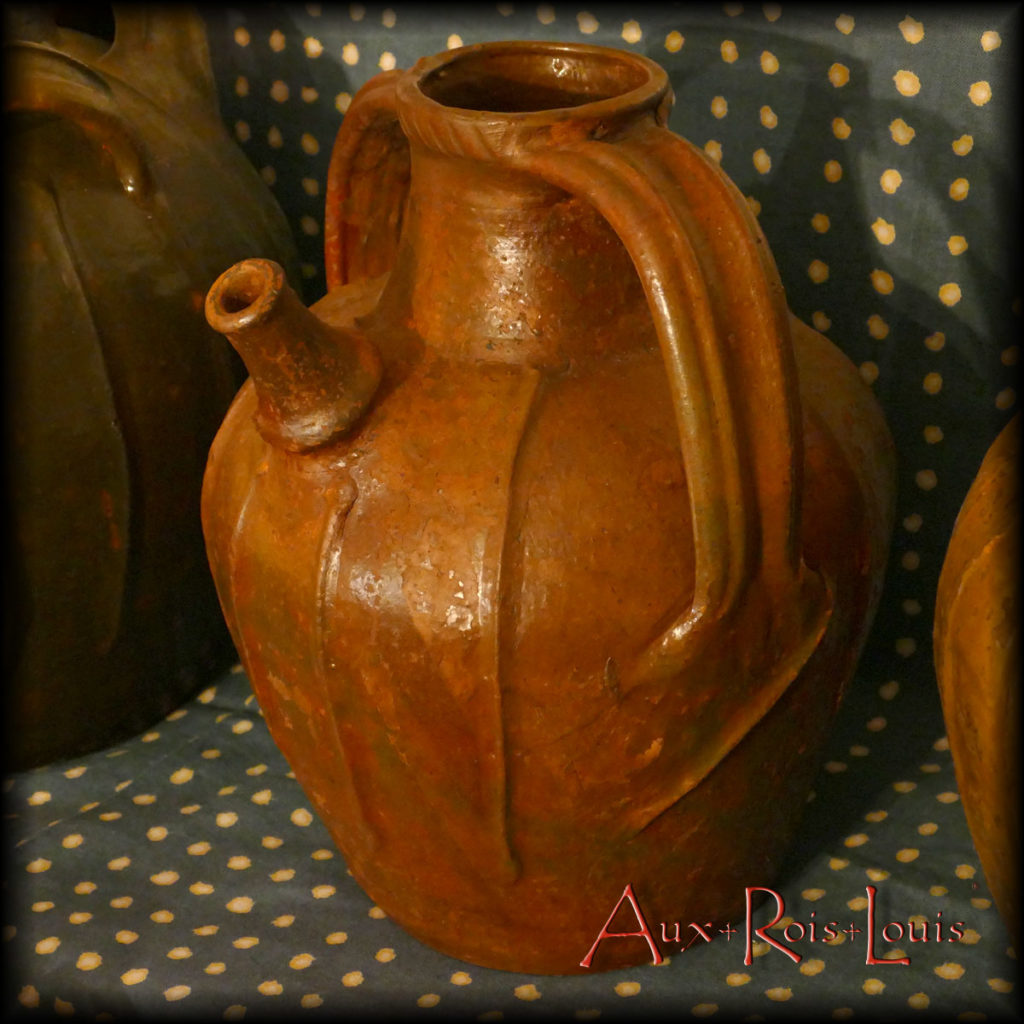
![Oil jar – Early 19ᵗʰ century – Quercy – [PA015]](https://www.aux-rois-louis.com/wp-content/uploads/2022/07/PA015_N001_P1330488c800.webp)
![Oil jar – 18ᵗʰ century – Auvergne – [PA008]](https://www.aux-rois-louis.com/wp-content/uploads/2022/07/PA008_N008_P1340558c1200-1024x1024.webp)
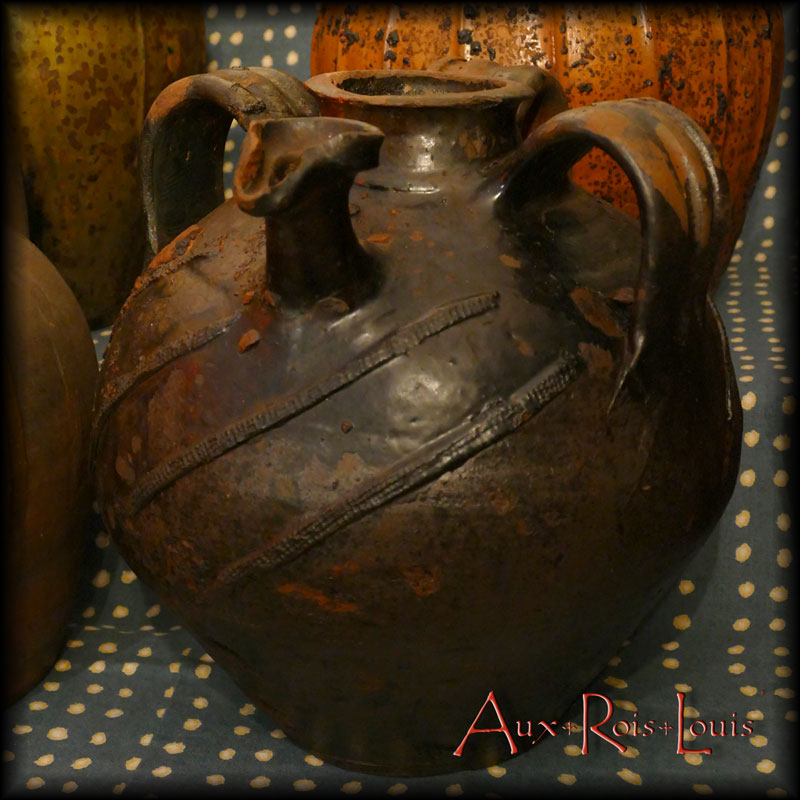
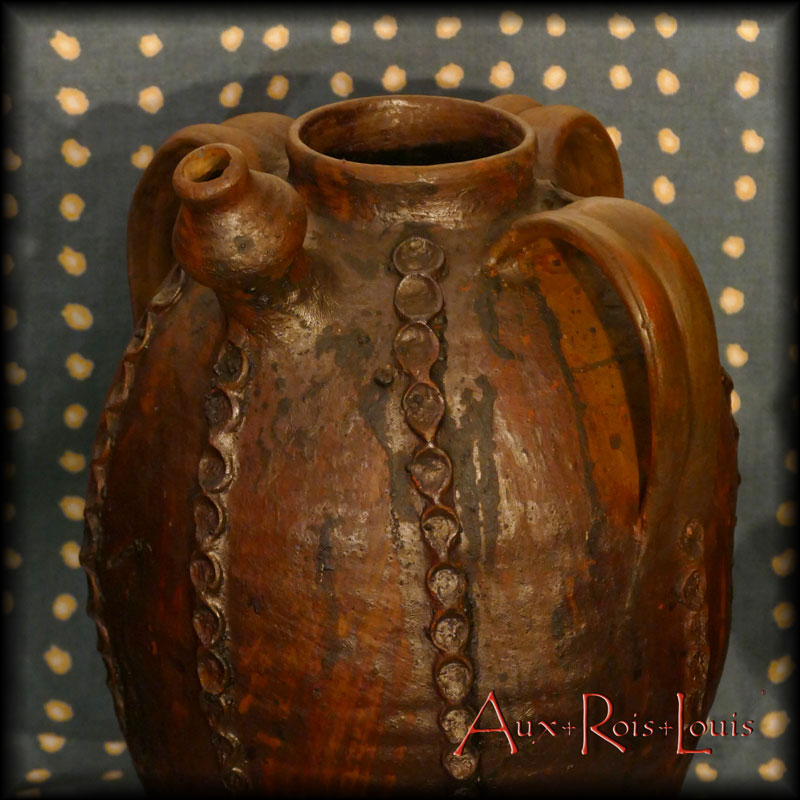
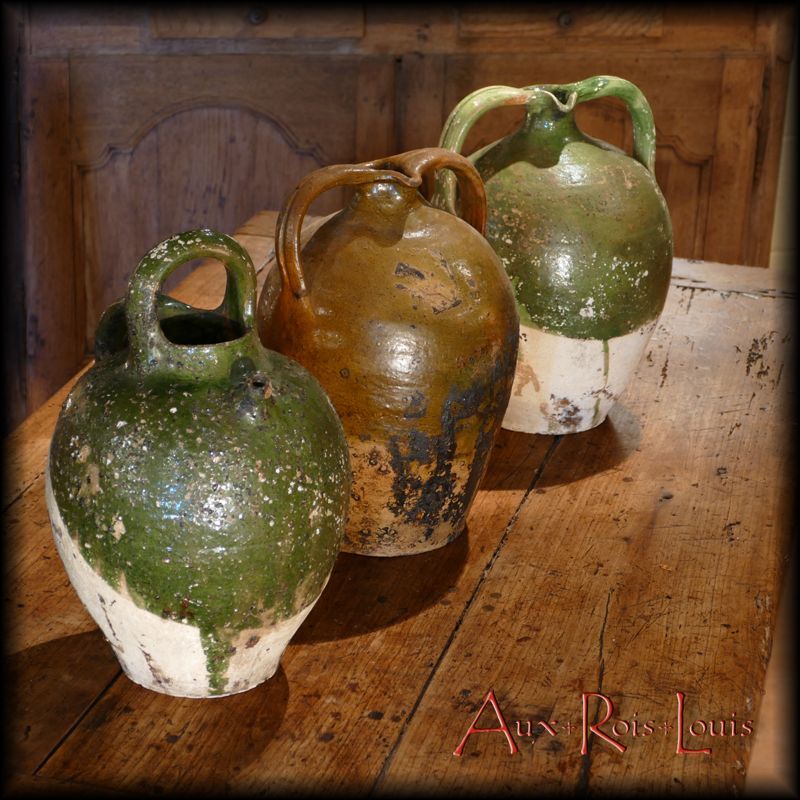
![Two water jugs - 19ᵗʰ century - Midi-Pyrénées [PA036] [PA037]](https://www.aux-rois-louis.com/wp-content/uploads/2020/08/PA036-037_617c.jpg)
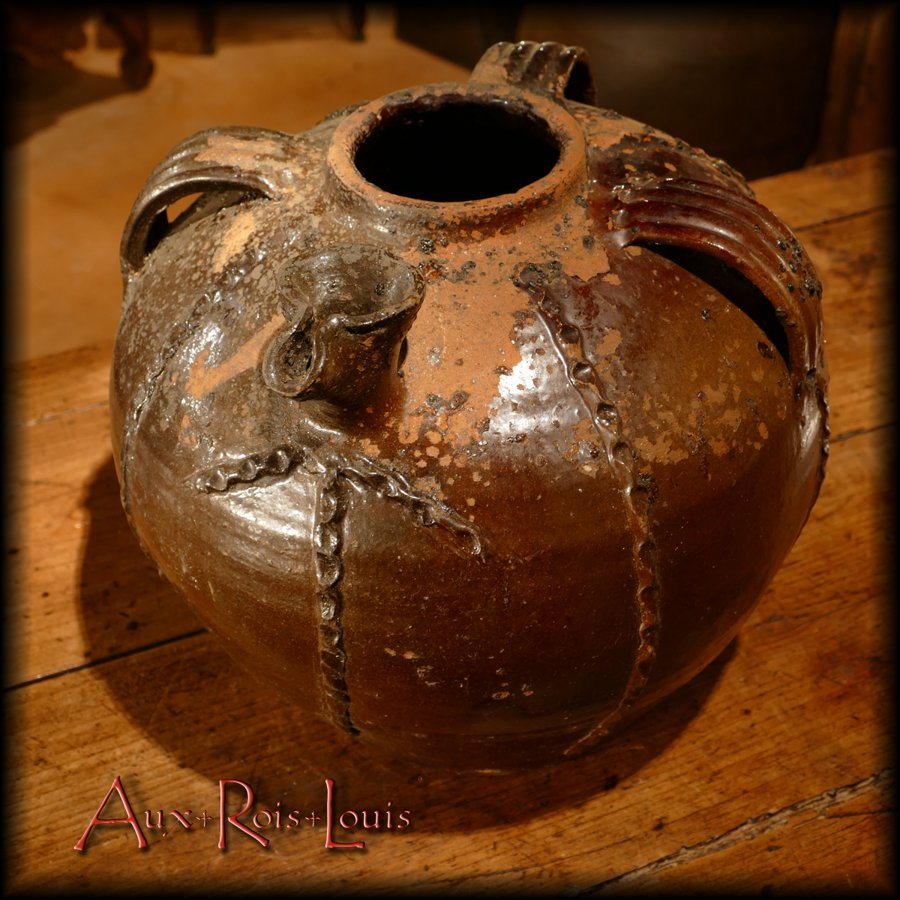
![Two oil jugs - 19ᵗʰ century - Périgord - [PA053] [PA054]](https://www.aux-rois-louis.com/wp-content/uploads/2021/10/PA053-54_P1600961.jpg)
![Two water jugs – 19th century – Les Landes – [PA060] [PA061]](https://www.aux-rois-louis.com/wp-content/uploads/2021/11/PA060_61_099x900.jpg)
![Two water jugs - 19th century - Lot Valley - [PA058] [PA059]](https://www.aux-rois-louis.com/wp-content/uploads/2021/12/PA058_59_094x900.jpg)
![Two oil jugs - late 18th century early 19th century - Lot Valley, Quercy - [PA062] [PA063]](https://www.aux-rois-louis.com/wp-content/uploads/2021/12/PA062-63_P1650160.jpg)